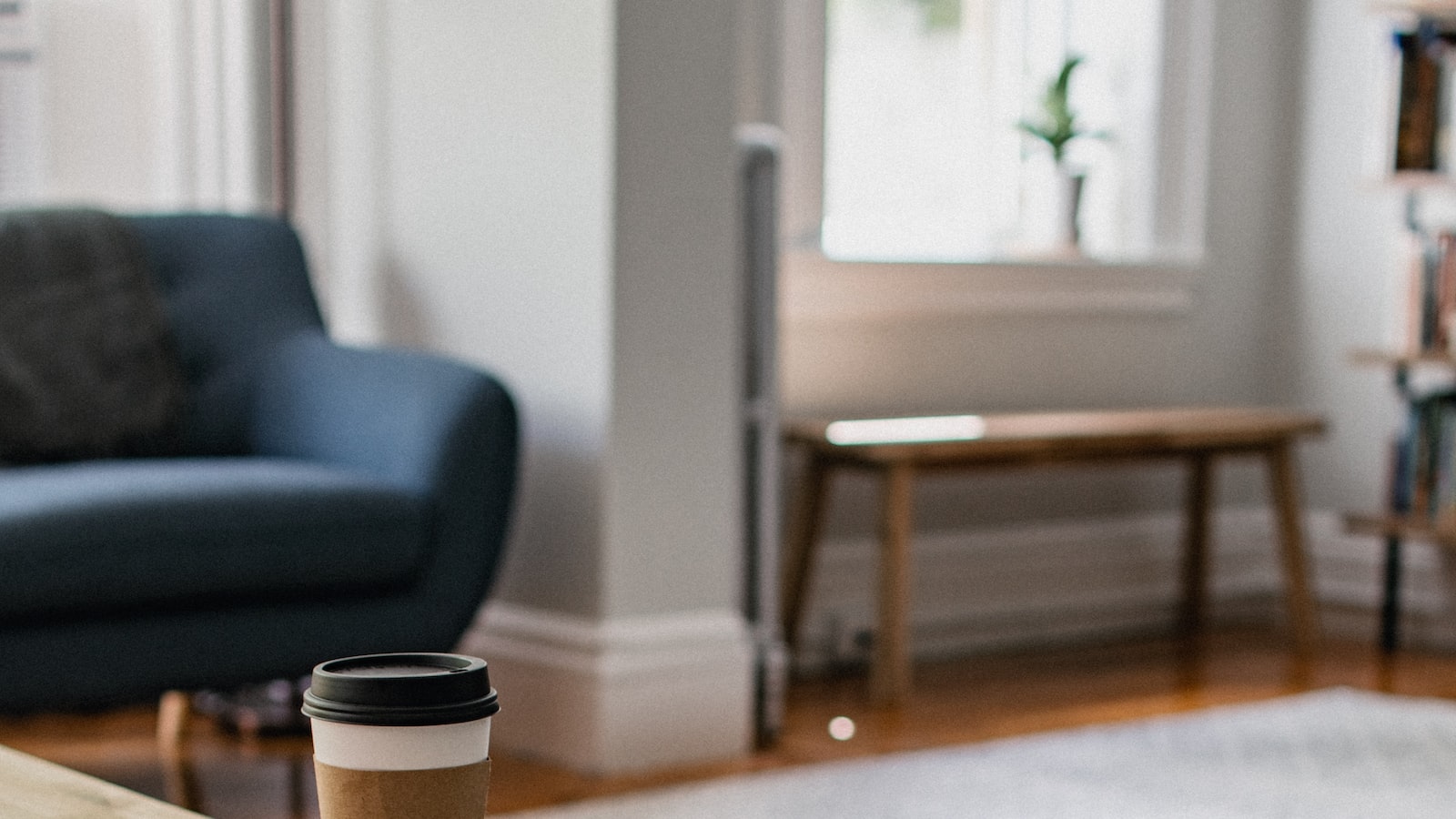Growing Peppers Indoors – Guidelines & Tips
Growing peppers indoors can be a great way to enjoy fresh vegetables all year round. Peppers are an excellent choice for growing indoors since they are easy to manage and relatively low maintenance compared to other types of vegetables. The following guidelines and tips can help you get started on growing your own peppers indoors.
Understanding the Temperature Requirements
The key to successfully growing peppers indoors is understanding the temperature requirements for the different types of peppers. Some peppers require warmer temperatures than others, so it’s important to be aware of the needs of the variety you’re trying to grow. Generally speaking, peppers need temperatures between 65-85°F (18-29°C) to thrive. When temperatures drop below 60°F (15°C), peppers will start to slow down their growth and production.
Choosing the Right Container & Soil
When choosing a container for growing peppers indoors, a wide and shallow pot is ideal. Peppers need plenty of space for their roots to spread out and grow, and a wide container gives them more room to do so. Make sure to use a pot with plenty of drainage holes in the bottom. For soil, use a lightweight potting mix with good drainage. Mix in some organic matter, like compost or aged manure, to improve the soil quality. When the soil is ready to go, transplant your pepper plants and give them a good watering.
Make Use of Sunlight & Heat Lamps
To simulate the sun’s heat and light, you’ll need to take advantage of artificial resources like heat lamps and grow lights. Place the lights 12-18 inches (30-45cm) above the plants to produce the optimal amount of heat and light for growth. Depending on the variety, pepper plants can require 8-12 hours of light per day for optimal growth. To ensure that their plants get the necessary heat and light, many growers use a combination of sunlight and artificial light.
Monitor Moisture
In order for peppers to produce high-quality peppers, they need an adequate amount of moisture. Water your peppers when the top one to two inches (2.5-5 cm) of soil is dry to the touch. Try to avoid overwatering your peppers since too much moisture leads to root rot and other plant diseases. To gauge your moisture levels, an indoor monitoring device can be helpful.
Regular Fertilization & Pruning
Adding a regular dose of fertilizer can help your pepper plants stay healthy and strong while growing indoors. Choose a balanced fertilizer with equal parts nitrogen, phosphorus, and potassium (10-10-10 or 20-20-20). Pruning can also help encourage your pepper plants to grow bigger and healthier. Cut off any wilted, diseased, or dying leaves, and snip off any flowers or fruits that are undersized. This helps the plant direct its energy into larger and more robust growth.
Harvesting & Storing Peppers
Harvest your peppers when they’ve reached their desired size and shape. After harvesting, your peppers can be eaten immediately, refrigerated for up to two weeks, or frozen for longer-term storage. To freeze peppers, wash them and let them dry, then wrap them in plastic wrap or place them in a freezer-safe bag. They can be frozen for up to 12 months.
With the right knowledge and effort, you can enjoy fresh peppers all year round with your very own indoor pepper plants. Use these guidelines and tips to get started and enjoy the fruits of your labor!



